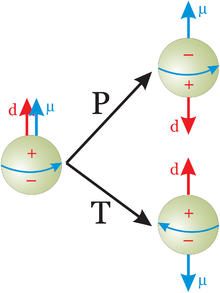Independent Projects
N-body Gravitational Simulation
After taking Numerical Analysis, I started thinking about making a simulation of how multiple bodies interact with each other gravitationally. I used python to make a simulation where an imported file has the intial conditions for the system, i.e. the masses, positions and velocities of the bodies. Then, RK4 is used to calculate the positions of all the bodies. The code plays out rest of their interactions using NumPy.
Right now I am trying to experiment with simulating the orbital resonance in the moons of Jupiter. In terms of efficiency, the code is O(N2) where N is the number of bodies. Eventually, I want to use the Barnes-Hut algorithm and multi-threading, with which I want to simulate the origin of spiral structure in galaxies.
Research
Synchronization of SQUID Arrays
I am doing research on SQUID Arrays with Dr. Trees in the Physics and Astronomy Dept at Ohio Wesleyan University. SQUIDs are Superconducting Quantum Interference Devices, which are extremely sensitive to magnetic fields. These devices are used in MRI machines and as quantum bits among other applications. We are trying to predict the behavior of multiple SQUIDs attached in series and seeing if doing so increases their sensitivity, which can be helpful in having more accurate magnetic field measurements.
We study the behaviour of multiple SQUIDs connected in series. We first solve the model equations that govern a single SQUID to understand its behaviour. We then move to two SQUIDs connected in series, where we first come up with the set of equations that govern their behaviour, and then solve them. We do so using both an analytical and a numerical approach. The analytical approach involves solving the equations using a form of perturbation theory to gain a solution that can predict the behaviour of the SQUID, whereas the numerical approach involves using RK4 to solve the equations, which helps us verify the solution found by the analytical approach. Using the solution, we will attempt to determine the boundary conditions, i.e. the parameter space of the SQUIDs that lead to the two SQUIDs synchronizing, meaning that they have equal time-averaged voltage values.

CPT and Lorentz symmetry Violations

I am doing research on CPT and Lorentz symmetry violation with Dr. Ding in the Physics and Astronomy Dept at Ohio Weleyan University. Our project focuses on testing foundational spacetime symmetries, which state that the laws of physics stay the same upon flipping charge, inverting space, and reversing time, or upon changing velocity and orientation of the system. We identified possible symmetry-violating signals by first studying how a neutron's spin precession would change if such symmetries were allowed to be broken in nature, and are now working on doing similar analysis on electron spin in a storage ring. Using existing experimental data on the electric dipole moment of neutrons, we have constrained the sizes of those symmetry-violating signals, and are working on doing the same for an electron in a storage ring.